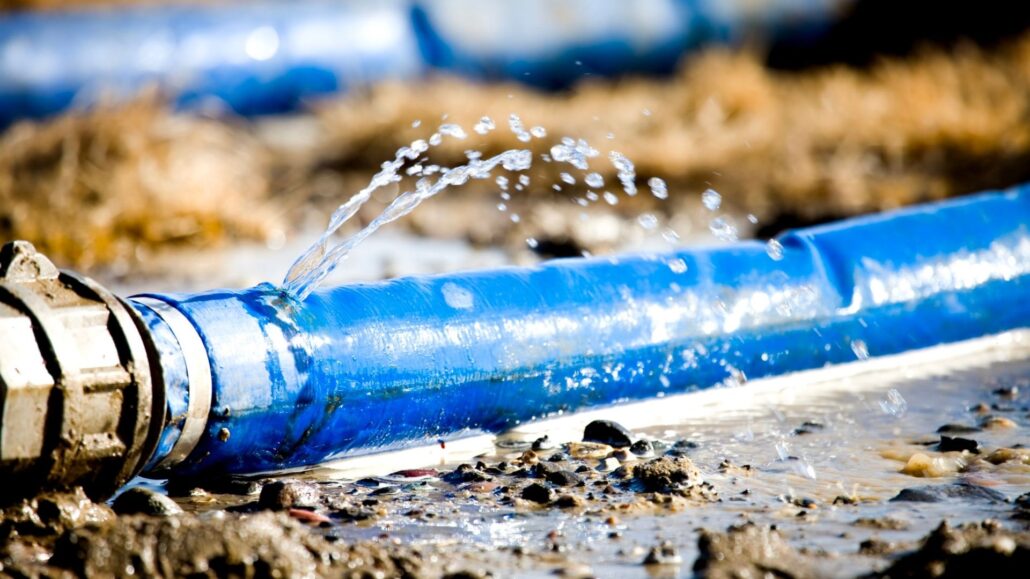
When it comes to homeownership, unexpected challenges can arise at any moment, disrupting the tranquil flow of daily life. One such unwelcome visitor is the notorious burst pipe or sneaky water leak, capable of transforming your abode into a watery labyrinth.
As if a naughty game of hide and seek, these plumbing mishaps often strike without warning, leaving us grappling with frustration and uncertainty. But fear not, for this blog, we shall unravel the secrets of tackling these aquatic adversaries head-on.
From understanding the silent cues of impending waterworks to mastering the skilful dance of DIY repairs, our guide will equip you with the knowledge and confidence to turn the tide and restore harmony within your dwelling. So, tighten your wrenches and prepare to dive into a reservoir of invaluable insights as we embark on the quest to conquer burst pipes and leaks, one droplet at a time.
Understanding Plumbing Emergencies: Causes and Risks
Plumbing systems, often hidden beneath the surfaces of our homes, quietly perform the essential task of supplying water and removing waste. However, just like any intricate mechanism, they are susceptible to unexpected emergencies that can disrupt our daily routines and potentially lead to costly damages.
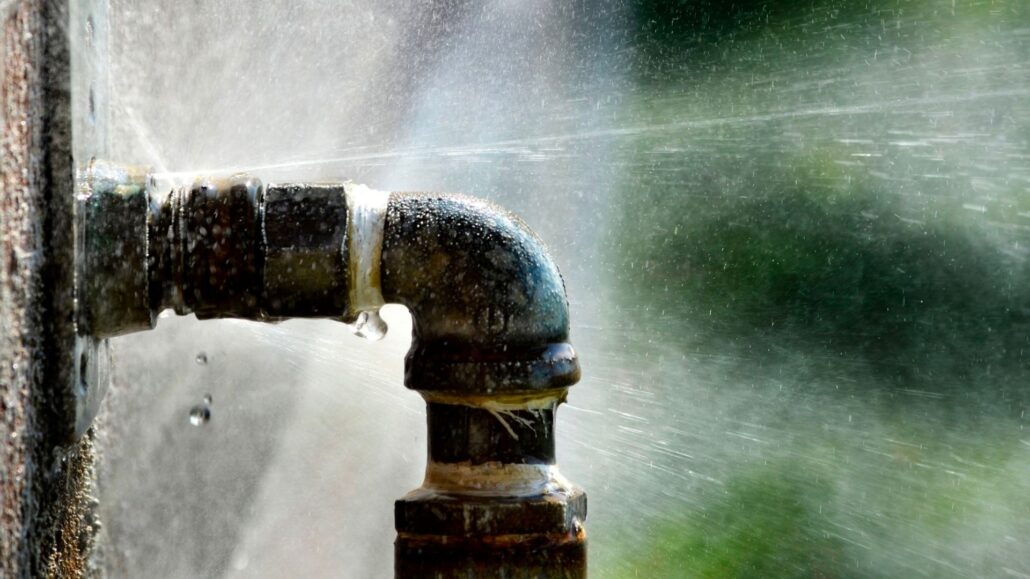
Causes of Plumbing Emergencies
Plumbing emergencies can stem from various sources, from wear and tear over time to sudden, unforeseen events. Corroded pipes, for instance, can weaken and develop cracks, making them prone to leaks or even burst pipes.
Freezing temperatures during winter can cause water within pipes to expand, leading to cracks or ruptures. Blockages in pipes due to debris, grease, or foreign objects can create water pressure build-up, resulting in pipe bursts or sewage backups. Faulty installations, poor maintenance, and aging components also contribute to the likelihood of plumbing emergencies.
Risks Associated with Plumbing Emergencies
The consequences of plumbing emergencies extend beyond mere inconvenience. Water leaks can seep into walls, ceilings, and floors, causing structural damage and mould growth and compromising the integrity of your home’s foundation.
Burst pipes can flood your living spaces, damaging furniture, electronics, and cherished possessions. In the case of sewage backups, the health hazards and sanitation concerns they pose can pose significant risks to occupants. Additionally, the financial burden of repairing extensive damages can quickly escalate, making prompt action to address plumbing emergencies crucial.
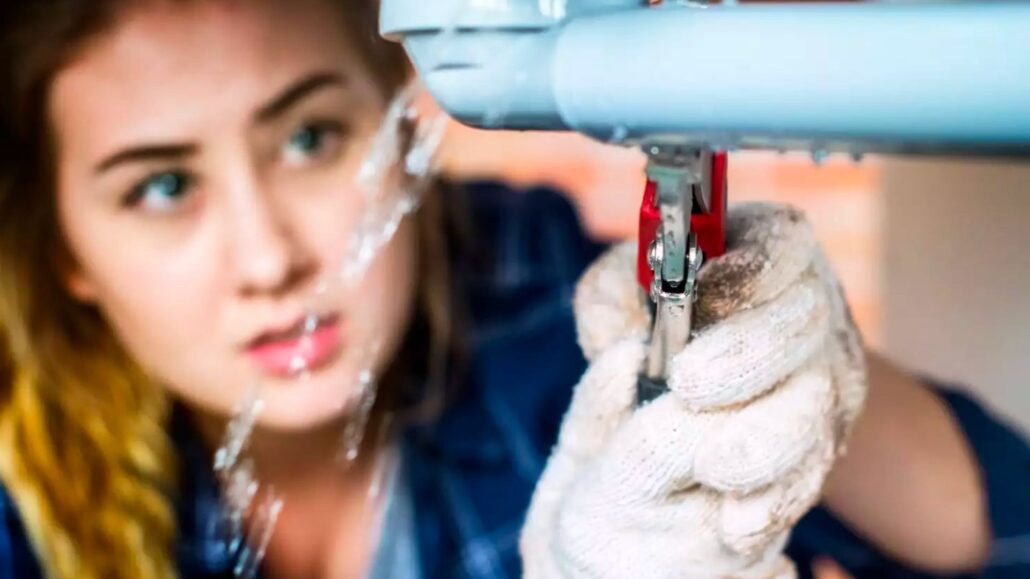
The Importance of Preparedness
Understanding plumbing emergencies’ potential causes and risks underscores the importance of being prepared. Regular maintenance, timely inspections, and proactive measures can significantly reduce the likelihood of such disruptions. Knowing how to shut off the main water supply to your home can help mitigate damages in a sudden emergency. Familiarising yourself with the signs of impending plumbing issues, such as slow drainage, unusual odours, or damp spots, empowers you to take preventive actions before a minor concern evolves into a full-blown emergency.
Immediate Steps to Mitigate Damaged Pipe
When plumbing emergencies strike, swift action is your first defence against escalating damages. Whether it’s burst water pipes, broken pipes, a stubborn leak, or a sudden sewage backup, knowing the immediate steps to take can significantly reduce the extent of destruction and help you regain control.
In this guide, we’ll outline essential measures to take in the critical moments following a plumbing emergency.
1. Turn Off the Water Supply
When you notice a burst pipe or a significant leak, locating and shutting off the main water supply to your home is paramount. This action halts the water flow, preventing further flooding and damage. Familiarise yourself with the location of your main shut-off valve before an emergency occurs, as quick access can make all the difference.
2. Electricity Safety
Water and electricity are a hazardous combination. If there’s any risk of water reaching electrical outlets, electrical appliances, or wiring, turn off the power supply to the affected area to eliminate the danger of electrocution or fires.
3. Contain the Water
Use towels, buckets, or containers to contain and collect standing water. Placing towels along the water flow path can help prevent it from spreading to other areas of your home. If available, deploy a wet/dry vacuum to extract excess water and minimise saturation.
4. Open Windows and Ventilation
Open windows and doors if weather permits to promote airflow and reduce moisture build-up. Improved ventilation can aid in drying out affected areas and prevent mould growth.
5. Call a Plumber
While taking immediate steps can mitigate damage, it’s crucial to enlist the expertise of an emergency plumber. Their experience and equipment can ensure proper repairs and prevent the recurrence of the issue. Be sure to contact a trusted pipe emergency plumbing service to assess and address the root cause of the emergency.
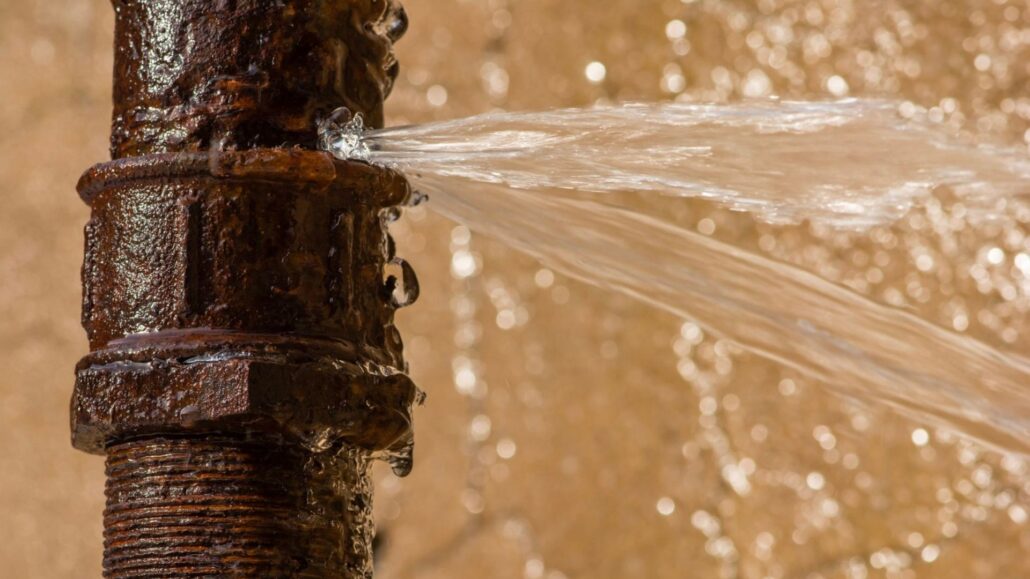
6. Document the Damage
Before cleanup and repairs begin, document the extent of the damage through photographs or videos. This documentation can be valuable for insurance claims and discussions with contractors.
7. Address Minor Leaks
For minor leaks, temporary fixes like plumber’s tape or pipe clamps can help stem the flow until professional repairs can be made. However, these are quick solutions and should not replace proper maintenance.
8. Water Extraction and Drying
If flooding has occurred, utilising specialised water extraction equipment and dehumidifiers can aid in removing excess moisture, preventing structural damage and mould growth.
9. Dispose of Contaminated Items
In sewage backups, discard any contaminated materials or items that have come into contact with sewage to prevent health hazards.
10. Communicate with Your Insurance Provider
If your home insurance covers plumbing-related emergencies, contact your provider to initiate the claims process. Provide them with documented evidence of the damage for a smoother claim submission.
Quick Fixes for Temporary Relief
In the face of unexpected plumbing issues, a few strategic quick fixes can provide temporary respite while you await professional assistance. For minor leaks, applying a plumber’s tape or a pipe clamp can help stem the flow, preventing further water damage until a permanent solution can be implemented.
Clogs, often the culprits behind slow drainage, can be addressed with baking soda and vinegar, followed by hot water. This DIY remedy can clear mild blockages, allowing water to flow more freely.
In the case of a malfunctioning toilet, adjusting the float arm or chain inside the tank can often restore standard flushing functionality. Remember, while these quick fixes offer interim relief, they should not replace the expertise of an emergency plumber. Their timely intervention ensures a thorough and lasting resolution to your plumbing system woes.
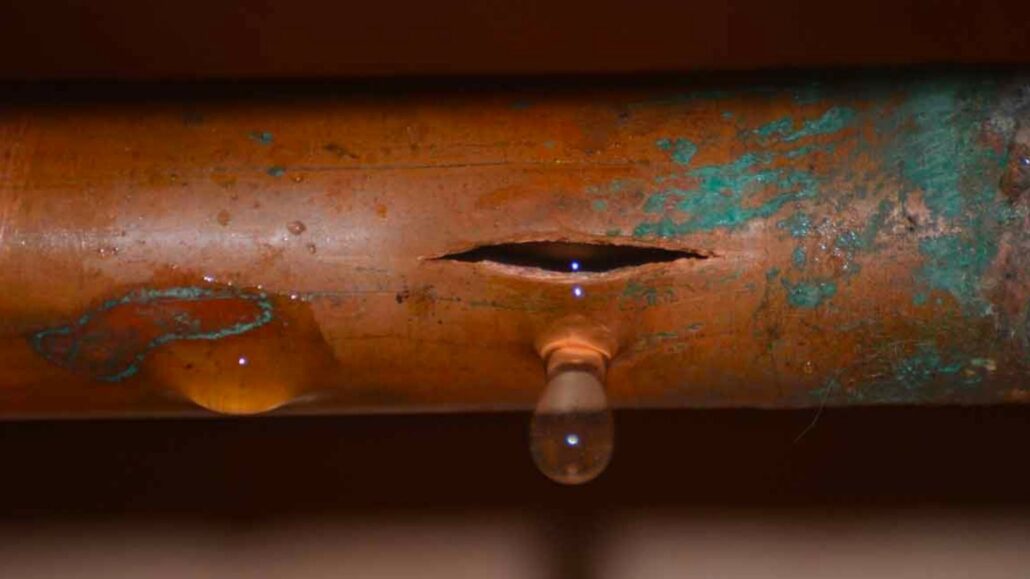
Preventive Measures for Future Emergencies
Safeguarding your home against plumbing emergencies involves a proactive approach that can spare you from untimely disruptions and costly repairs. Regular maintenance is vital, so make it a habit to inspect exposed burst water pipes, checking for signs of corrosion, leaks, or weakening.
Insulating colder climates can prevent freezing and potential pipe bursts during winter. Avoid pouring grease or foreign objects down drains to prevent clogs, and use drain screens to catch debris.
Periodically assess your water pressure – excessive pressure can strain pipes and lead to leaks over time. Additionally, scheduling professional inspections of your plumbing system can catch potential issues before they escalate.
Knowing your home’s shut-off valves is vital; familiarise yourself with their locations to act swiftly in emergencies.
Connect with Us for 24/7 Emergency Plumbing
Navigating the tumultuous waters of burst pipes and leaks don’t have to be a daunting endeavor. By understanding the causes, risks, and immediate steps to take, you’ve armed yourself with the knowledge needed to tackle plumbing emergencies head-on. Remember, quick fixes offer temporary relief, but the expertise of a professional plumber is essential for lasting solutions.
At The Brisbane Plumbers, we’re dedicated to ensuring your home’s plumbing systems remain in optimal condition. Our experienced professionals are equipped to handle a wide range of plumbing challenges, from minor leaks to extensive repairs.
Your peace of mind is our priority, and we’re here to keep your home’s plumbing running smoothly. Contact us today to experience reliable plumbing solutions that comfort your living spaces.
